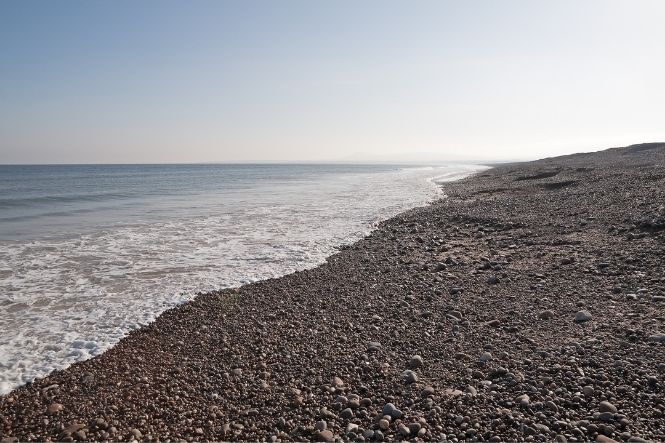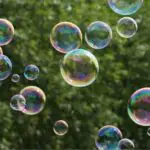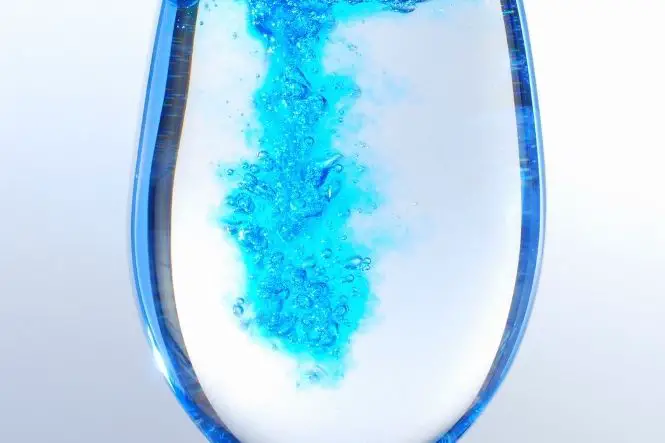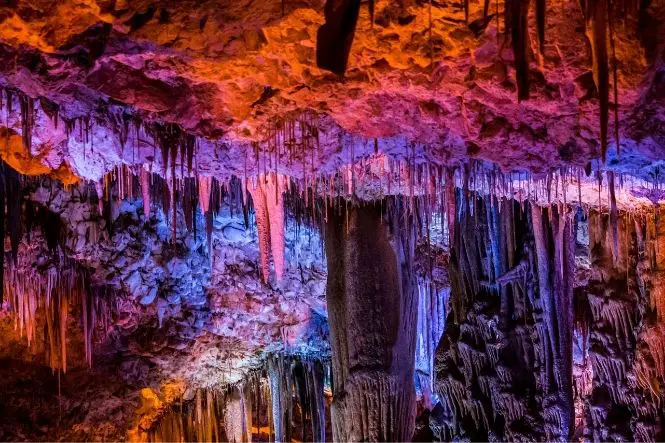Water exists in three states – solid ice, liquid water and gaseous steam. Solids have a fixed shape and size. Liquids can change in shape, but have a fixed size. Gases can change shape and size.
Table of Contents
Ice
Water freezes at 0 degrees Centigrade and becomes ice. On a cold, dry, clear morning, have a close look at the frost outside – these are crystals of ice.
Most solids are crystalline, where the molecules are tightly bound to each other, and are arranged in specific repeating patterns.
Half fill a clear plastic tub with water and mark the level of the water. Put it in the freezer overnight – does the ice take up more or less room than the water? Drop the ice into a bowl of water – does it float or sink?
In crystalline structures, the solid form of a substance usually takes up less space than the liquid form, because the molecules are tidily arranged. However, water and ice are unusual because ice takes up more room than water. This makes it less dense than water, so it floats (see ‘Floating and Sinking: Looking at Density’).
Water
In liquids, the molecules are connected loosely to each other. This makes water flow and pour. The water molecules at the surface link more strongly to each other, creating what is called surface tension (see ‘Surface Tension: Keeping Bubbles Round and Insects Up’. This keeps water together in drops.
Run a tap slowly, or pour water from a jug into a bowl in a very thin stream and watch how the water molecules stay together and form drops.
Steam
At sea level, water forms steam it its boiling point, 100 degrees Centigrade. Steam is the gas form of water, and is also known as ‘water vapour’.
Put water in a pan and carefully heat it on the hob. Watch the bubbles form and the steam rise from the surface (be very careful – boiling water and steam can burn). Does the steam take up the same amount of space as the water?
In gases, the molecules are not connected to each other and can move around freely. The bubbles in boiling water are bubbles of steam that from at the bottom and rise to the surface. The air pressure in the room stops the bubbles escaping until they reach a certain size. At high altitudes, for example on top of mountains, water boils at a lower temperature than 100 degrees Centigrade because the air pressure is lower, and the bubbles of steam can escape more easily.
Burning Candles
Another example of solids, liquids and gases is a burning candle. Carefully light a candle and watch the surface of the candle and the flame. The flame melts the solid wax, creating a pool of liquid wax. This creeps up the wick inside the flame and becomes a gas, which then burns in the flame. The flame melts more wax and the cycle continues.
Sublimation
A few compounds go from solid to gas without becoming liquid in between. Solid carbon dioxide (dry ice) becomes carbon dioxide gas without becoming a liquid, as does iodine.
In some circumstances, snow and ice can sublime – sometimes, wet washing hung outside freezes solid and then dries without melting. This is called freeze-drying and is used in food preserving and for making instant foods and drinks.






